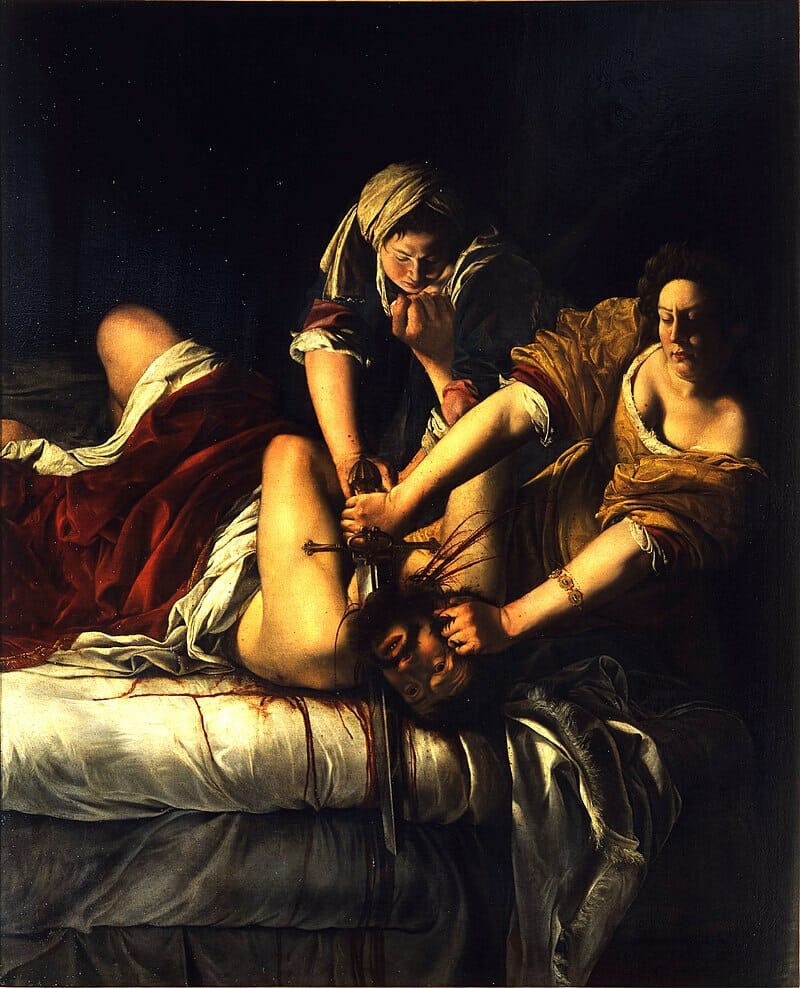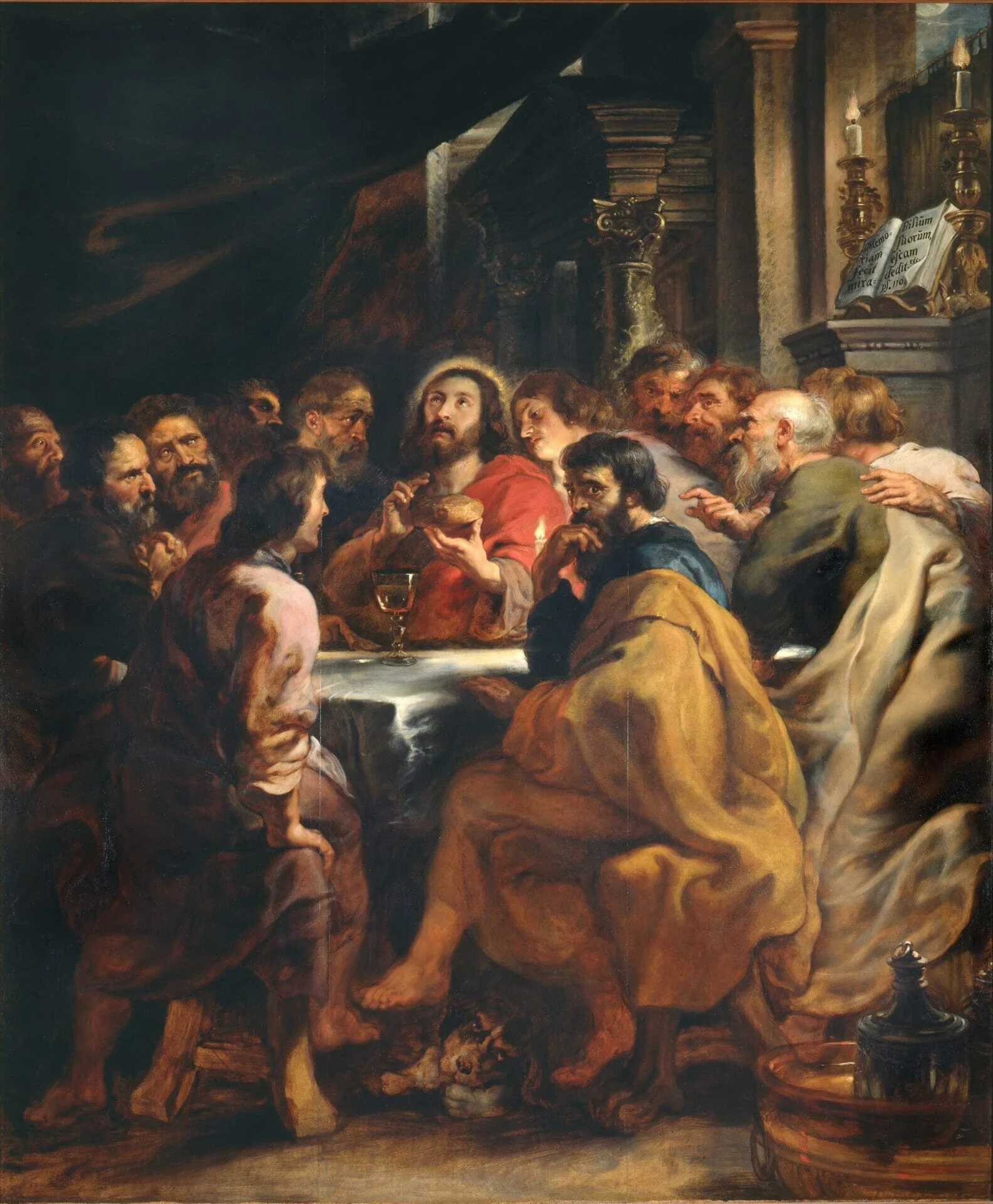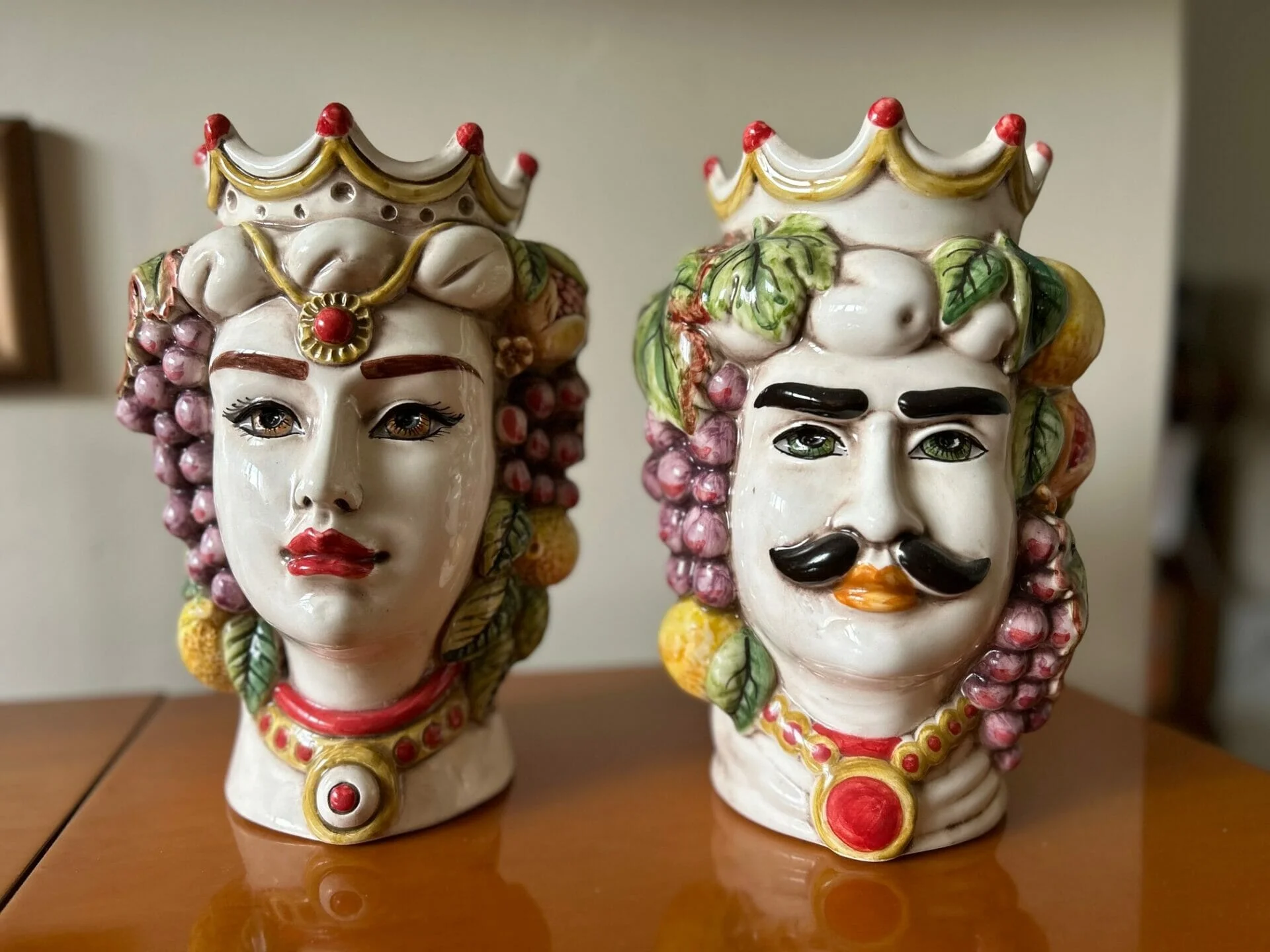
The Sicilian Moor’s Head | Tragic love or story of betrayal?
Artist
Year
Country
The novella entitled Lisabetta da Messina from 1370 by Giovanni Boccaccio is one of the best-known and fascinating pieces of medieval literature that has inspired many artworks. Indeed, its intriguing plot deals with love, passion, social issues, and even with psychology. The story, the Sicilian context, the characters, and the morbid taste still resound nowadays together with a couple of colorful majolica representing the Moor’s head (testa di moro) and his beloved. Widespread in Sicily since the 18th century, the couple has become popular and iconic. It symbolizes prosperity, beauty, and profound love: a common ornament of Italian interiors. But their story is very complex.

The Origins of the iconography
The current iconography of the testa di moro dates back 400 years after Boccaccio’s novella. Yet, images, vases and sculptures that are similarly head-shaped can be found in addorsed heads of Greek kantharos in 5th-century B.C., then in the Middle Ages and the Early Modern eras. Indeed, a good example is a goblet made for Carlo Albertinelli – a Florentine merchant from the Pucci family, who exhibited a Moor’s head on their coat of arms. An intriguing detail is that the Moor and the beloved woman were, in the beginning, united as two faces of the same vase, but the course of time separated becoming two distinct objects.
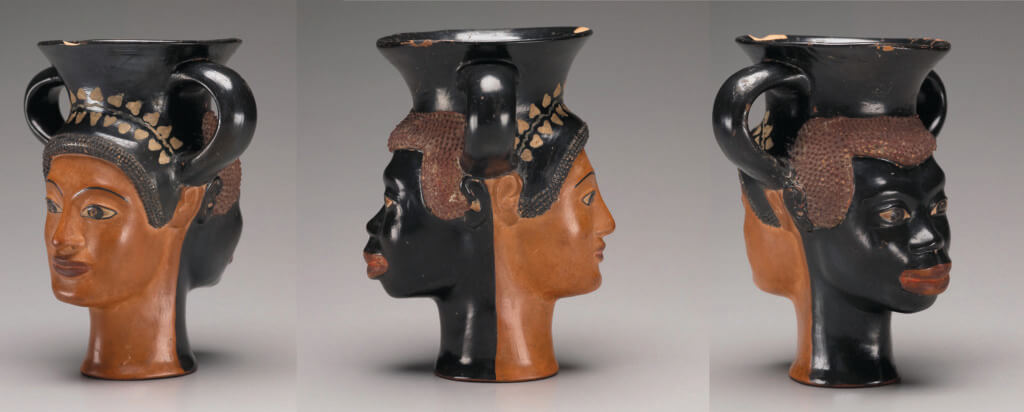
The traditional story
The popular majolica entwines with traditional stories and literature, but the romance has different versions. The prevalent version takes place around the 10th century. At the time of Muslim rule in Sicily a Moor fell in love with a beautiful girl of Palermo who loved gardening on her balcony. He declared his love to her, and the feeling was mutual, but he kept it a secret. He had to go back to the East as he had his wife and children there. She felt betrayed and mad at him as soon as she discovered it. She planned his killing by cutting his head off as he slept so that he somehow could stay forever by her side. Her passion for plants made her put the head in a vase along with some basil. Her grief and cries then helped the plant grow and smell nice.
A tragic romance: the medieval novella
The Boccaccio version from the Decameron (Day four: Tragic love stories) is somewhat different. It is steeped in allusions to social differences, female submission, psychological depth, and a fairy tale atmosphere. Lisabetta is a tragic heroine of Messina. She falls in love with Lorenzo, a beautiful boy from Pisa, employed by his three brothers’ warehouse. When they discover the two lovers they kill Lorenzo as his lower social class and his provenance have dishonored their family. They also wanted to keep control of their sister, so the three punish the forbidden love by killing Lorenzo. Lisabetta learns about her beloved’s death through a dream. Thus, she joins the place where they buried him and cuts off his head to keep him with her. She too then puts Lorenzo’s head in a vase of basil. The plant bloomed and smelled good thanks to the kisses she gave to her dead lover and her tears. At this very point, her brothers start to become suspicious about the vase. They take it from her and discover the secret. The story ends with Lisabetta dying from grief, tears, and desperation. This version inspired other authors, such as Hans Christian Andersen to write the fairy tale The Rose Elf.
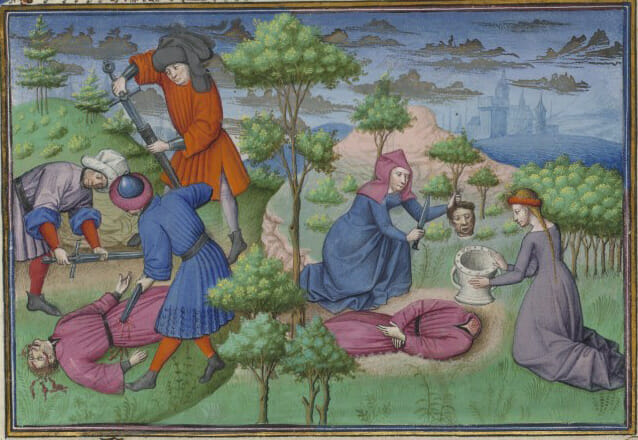
Source gallica.bnf.fr / Bibliothèque nationale de France
“Hey, what is with these head things? We keep seeing them everywhere”
The White Lotus (HBO 2022) has become a true hit show, and the iconic ceramic couple is becoming a remarkable guest star and a leading symbol within the storyline. In the context of an idyllic resort, the heads appear as references to relationships developed in the plot. The line “It’s a warning to husbands, babe. Screw around and you’ll end up buried in the garden” by Daphne Sullivan (Meghann Fahy) is an allusion. Apparently, the two heads are almost like the main characters, and this scene has gained a certain fame.
However, it is intriguing to find a link between this symbol in this context and the past tradition. Here they symbolize a warning that foreruns an episode of infidelity, thus referring to the popular version of the story, where the plot focuses on betrayal. A win for tradition versus literature. The tragic but romantic version of Boccaccio would not fit with a more contemporary taste for plots concerning love, death, and betrayal.
Tag
Buy a ☕ for Hypercritic





